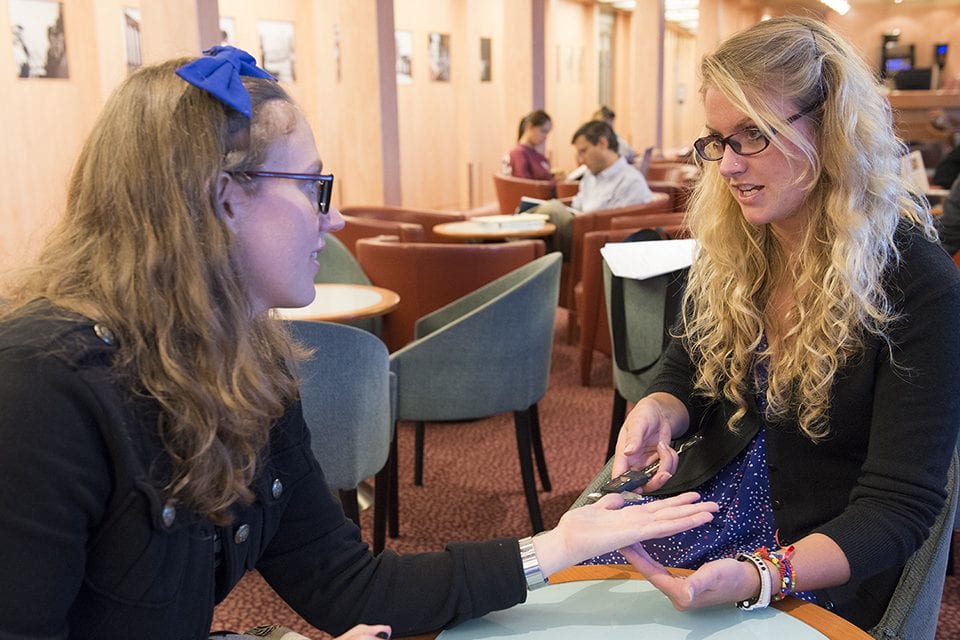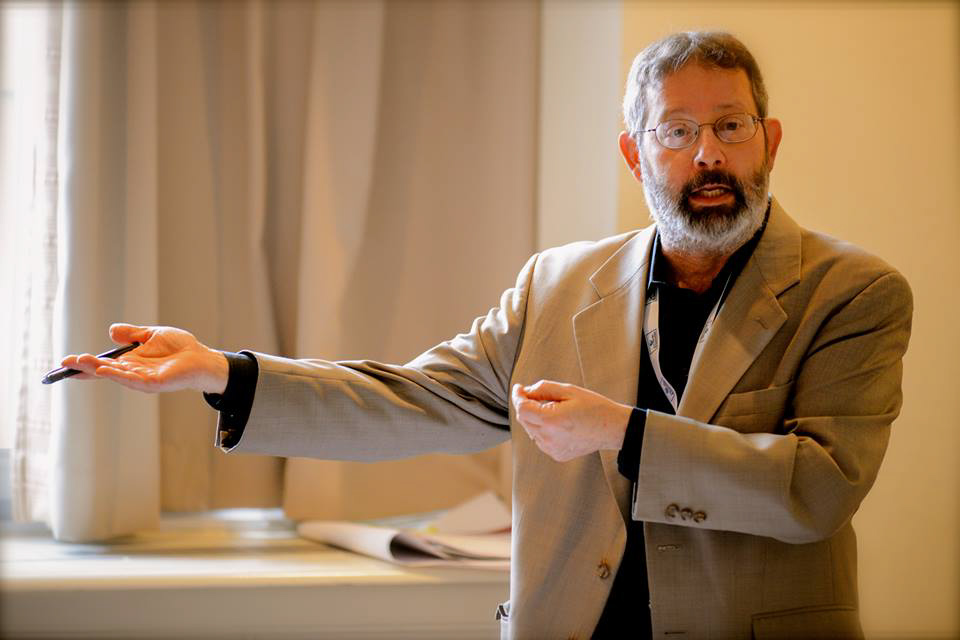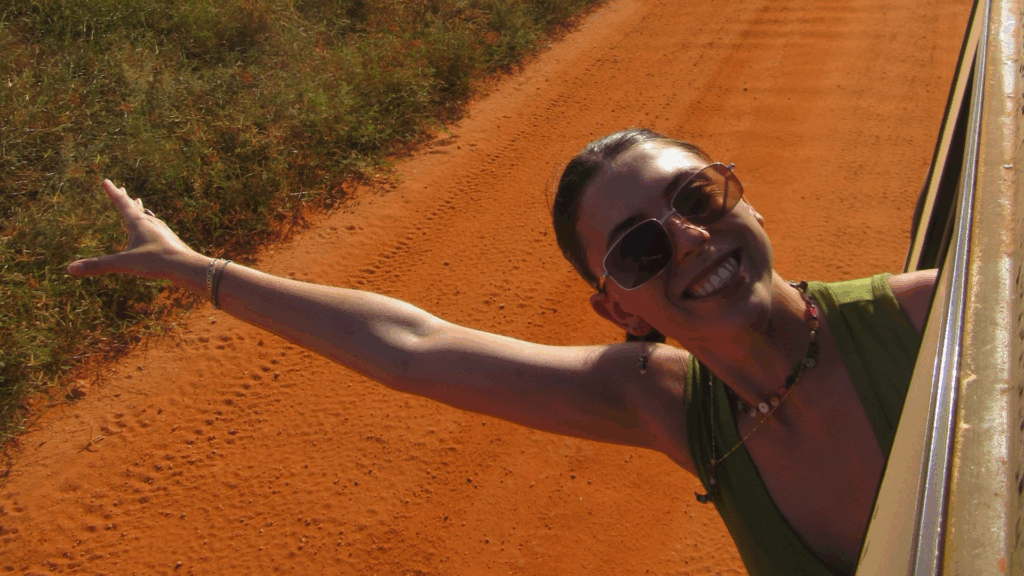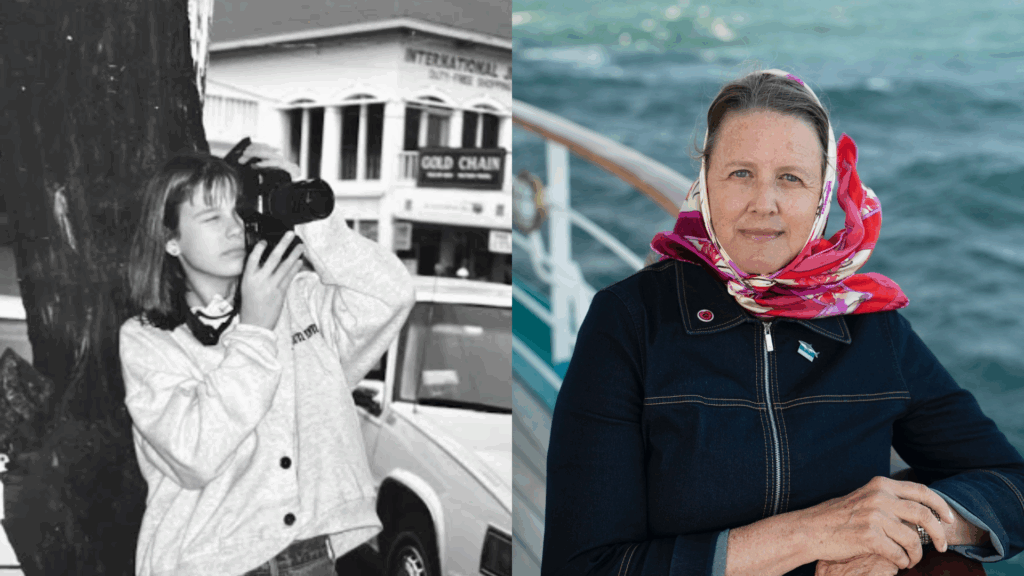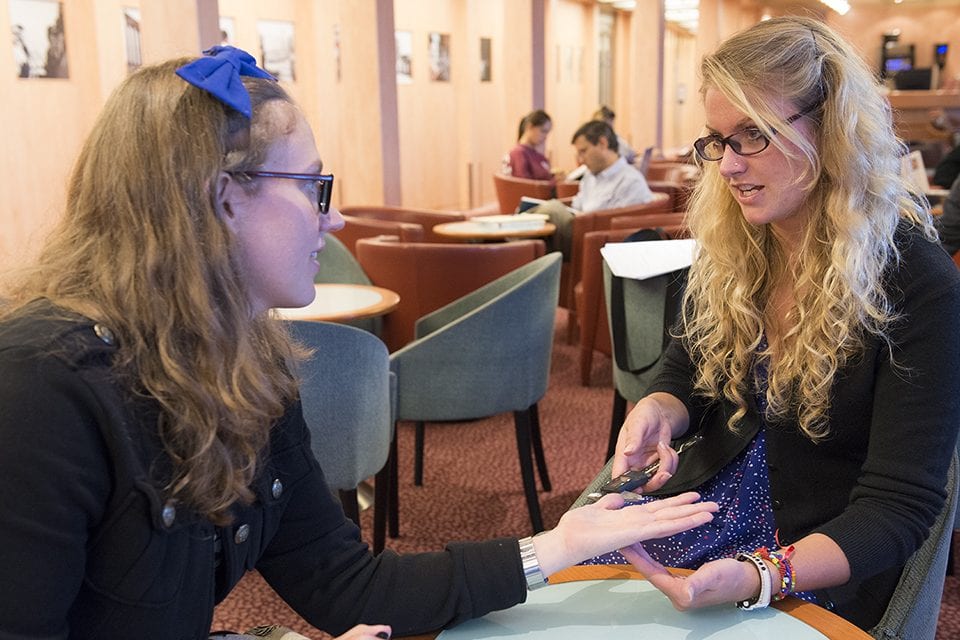
While Semester at Sea is open to all majors and universities, many may be surprised at how the SAS program and STEM fields – science, technology, engineering and mathematics – can go hand in hand. Students in the sciences deem that study abroad will be impossible for them, since many programs do not offer university-specific core math and science requirements. Because of this, study abroad is often thought of as something that only liberal arts students do.
Students like Dawn Musil, a biological engineer from Ohio State University, tell a different story. Dawn is a Presidential Scholar on board who is researching testosterone levels among women in different countries – and whether they affect their decision to study STEM fields. A project that requires a global comparative lens, SAS was a perfect program for her to situate her research.
“As an engineering student I understand the challenges, but I also understand even more how critical study abroad is to every student, especially ones whose futures lie in fields that are becoming more global,” she said. “Semester at Sea offers so much for students in these fields. Not only can I complete my research by visiting these women in their cultures, but I’m also living on a ship with a diverse range of people and majors, so that it motivates me to look outside of my fields. I’m learning about subjects like business or communications, and I’m getting a larger view of the world and how it works.”
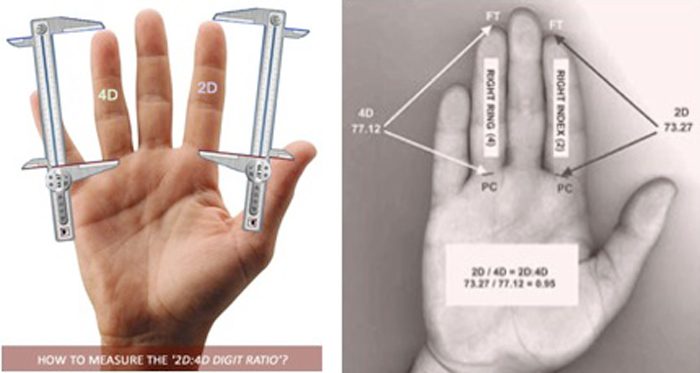
Her project, titled “Where Does Inspiration STEM?” involves comparing digit ratios ‚Äì the ratio of the lengths of a person’s ring and index finger ‚Äì among undergraduate women studying physics and engineering across the nations. These digit ratios reveal the testosterone levels of a person, which is turn, Dawn hypothesizes, can predict a person’s career choice.
“I was thinking that females in cultures that are more patriarchal are going to have to have a higher testosterone level to compete in STEM fields, because everything around them teaches them that they are not as competent as males,” she said. “In order for them to succeed in these fields, they’re going to have to have that biological disposition.”
While in port, Dawn visits the physics and engineering departments of local universities and gives female students three assessments: a spatial/emotional awareness test, a quick demographic survey, and a measure of their index and ring fingers. A taller ring finger is a sign of higher testosterone levels, most often found in males, but females can also have ring fingers that are taller-than-average. Females with higher testosterone levels also have a tendency to perform better on the spatial test.
Dawn’s data, however, hasn’t supported her hypothesis so far ‚Äì and she’s happy about it. “Across the board, I’ve found that it isn’t a biological disposition to study or not study STEM, but a cultural one. So they don’t need a higher testosterone level to succeed,” she said. “But at the same time, this is a small sample size and preliminary data.”
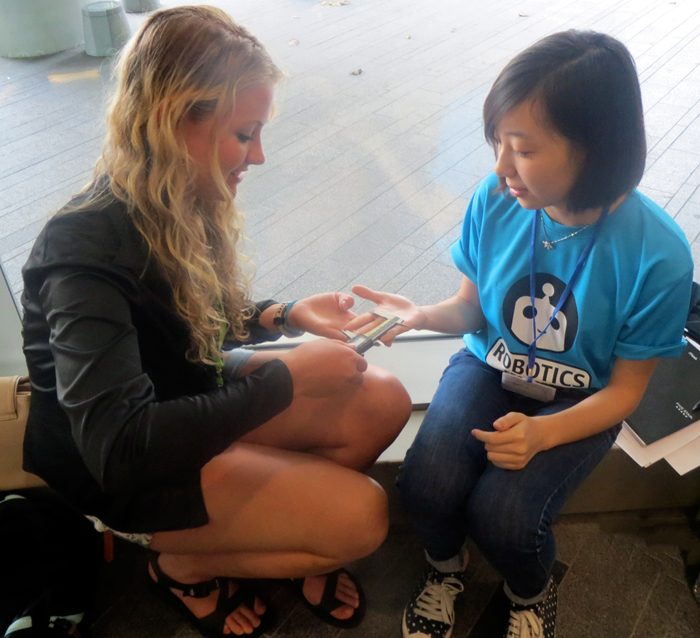
While this is experience is helping her expand her research out of the Ohio State student pool, it’s also teaching her about culture. “You do have to consider cultural differences ‚Äì like touching people in every country, you can’t just go up and say: ‘Hey, give me your hand,'” she said. “There are definite taboos you have to watch out for. I also haven’t been welcome to every university I’ve visited ‚Äì sometimes you have to jump through hoops in order to get inside.”
Dawn is quick to note that this research project would not be possible without the Presidential Scholarship. “I love research, and I am so blessed to have received help in this way,” she said. Pending on more grants from her university, she plans to continue gathering data in Europe this summer and present her findings when she returns to Ohio for her senior year.
“Along with doing my research, I’ve learned more about the business world than my major would have ever allowed; more about technologies around the world than physics could ever teach; and so much more about people than my interpersonal skills classes back home could ever offer,” she said.
While the nature of study abroad may discourage students in the sciences, students like Dawn are proving that a program like Semester at Sea can work for everyone. “There shouldn’t be a lack of STEM majors on study abroad programs at all,” she said. “There’s so much to learn here!”
